With misinformation and disinformation on the rise in news media, maintaining impeccable quality is more crucial than ever for building and retaining reader trust.
“Trust in news has risen slightly (43%, +3) but remains within the long-term trend of the low 40s. While trust fluctuates over time, distrust is consistently increasing.” (Digital News Report: Australia 2025), so every detail matters.
LINA has created a simple checklist to run through before publishing content to ensure a polished and accurate final product.
- Develop and stick to a style guide: Establish a clear, comprehensive style guide for your newsroom and ensure every journalist understands and adheres to it. Consistency in spelling, grammar, punctuation, and tone reduces errors and builds a professional brand. You could also use style guides publicly available via the ABC or the Guardian.
- Master the art of self-editing: Encourage journalists to step away from their work for a short period before reviewing it. A fresh perspective helps spot errors and awkward phrasing that might be missed during initial writing. Teach them to read critically, not just for content.
- Read your copy out loud: This forces you to slow down and hear how the sentences flow, helping you catch grammatical errors, missing words, or clumsy phrasing. Reading from the last sentence to the first can help you spot individual typos and spelling mistakes you might otherwise overlook.
- Fact check everything (even the obvious): Go beyond just names and dates. Verify all statistics, quotes, attributions, locations, and spellings. Assume nothing, and check original sources wherever possible. If you are reporting on a story already in the news, try to verify facts independently rather than assuming the other media/journalists have got it all right. If you are referencing their reporting, make sure to credit this in your content. Accuracy is the cornerstone of trust.
- Simplify for clarity and impact: Encourage concise, direct language. Avoid jargon, clichés, and overly complex sentence structures that can confuse readers. Clear, precise writing is easier to read and more trustworthy.
- Implement a peer review system: Foster a culture where journalists review each other’s work. A fresh pair of eyes from a colleague can often spot errors or areas needing clarification that the writer might be blind to. It’s a quick, effective internal quality control step.
- Leverage digital tools wisely (but don’t rely solely): Use spellcheckers and grammar tools as a first line of defence, but understand their limitations. They will sometimes miss factual errors, misused words or nuanced stylistic issues. Human oversight remains essential.
- Scrutinise headlines, sub-headings, and captions: These are often the first, and sometimes only, elements readers see. Ensure they are compelling, accurate, typo-free, and perfectly summarise the content without misleading. A single error here can deter a reader.
- Verify all hyperlinks and embedded media: Before publishing, click every hyperlink to ensure it leads to the correct destination and that embedded videos, images, or audio files are working perfectly.
- Invest in a professional final polish: For the ultimate layer of quality assurance, especially when internal resources are stretched, consider a professional sub-editor. An experienced external eye can catch subtle errors, refine content for clarity and impact, and ensure your content meets the highest journalistic standards before it reaches your audience.
LINA offers heavily subsidised sub-editing services for its members, and if an article was written by an intern, sub-editing is completely subsidised (free!). To read more about how to book, the sub-editing team and how the service works, browse LINA’s sub-editing page.

